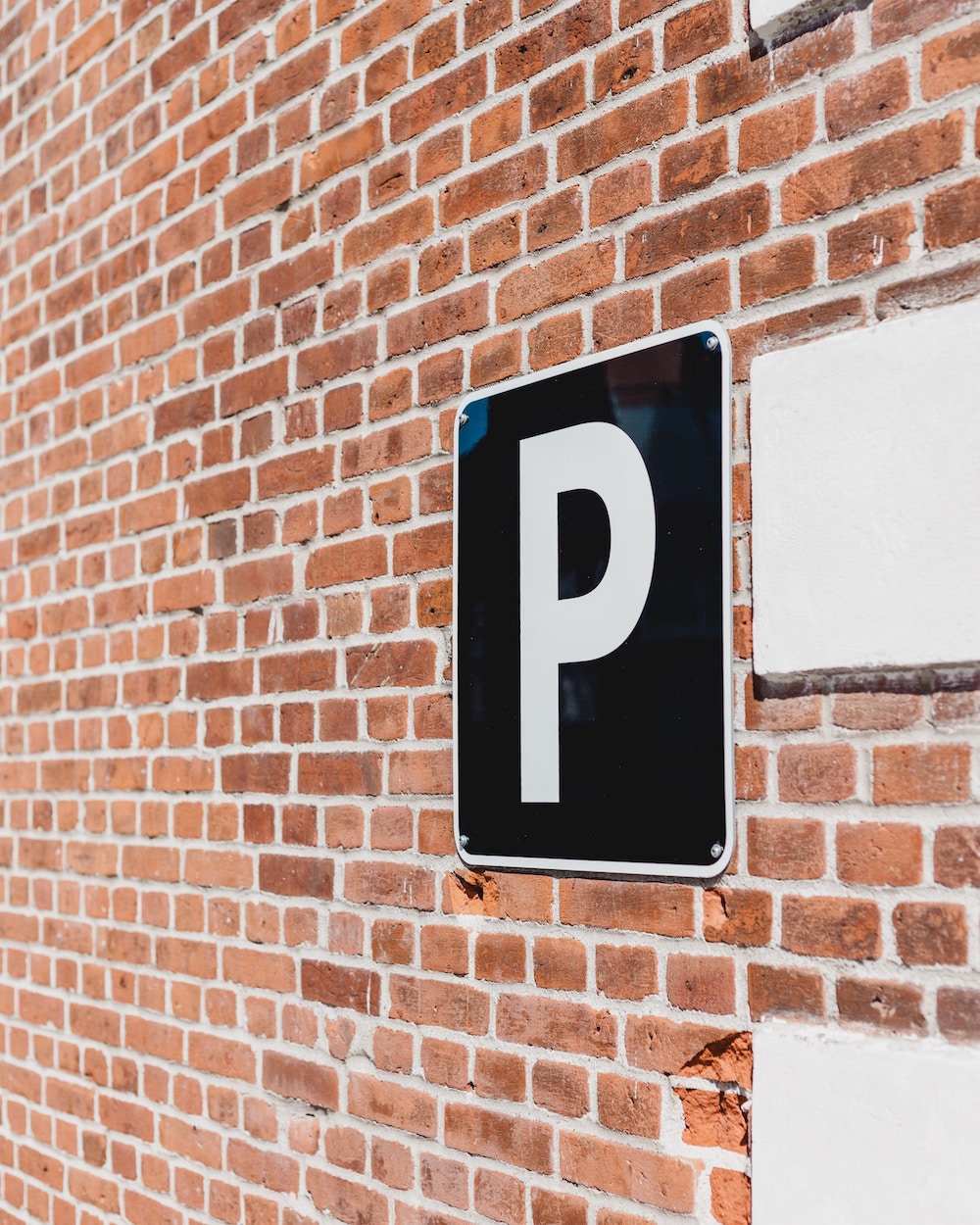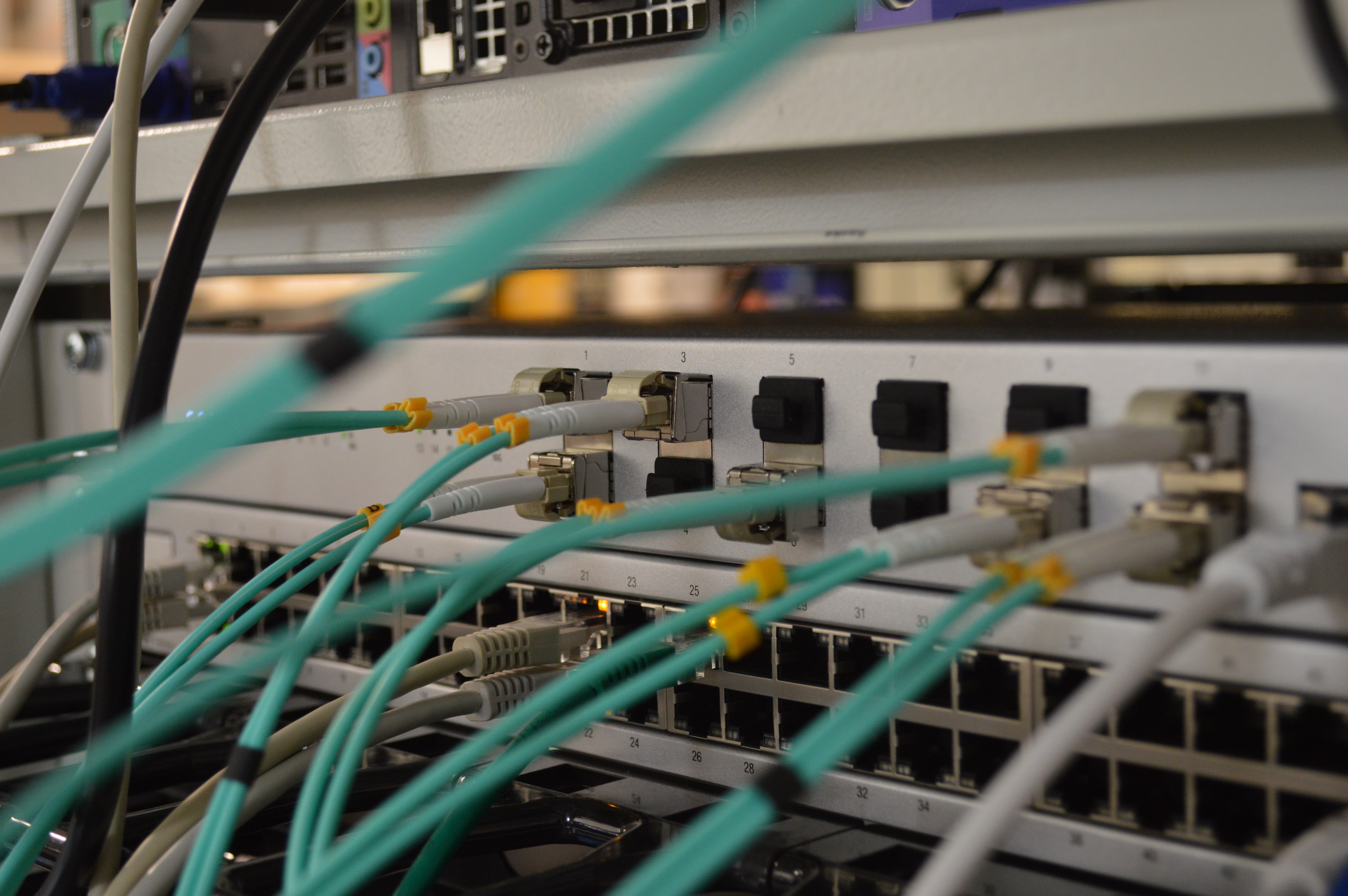Recuperation – modern ventilation with heat recovery
Recuperation – modern ventilation with heat recovery. The moment we decide to build our own house, we face many difficult decisions. The most difficult ones usually concern what solutions should be used in it to improve our quality of life. While some decisions do not appear to have a particular impact at first glance, each is very important from a long-term point of view.
Most of them will determine the future costs of operating our home, which is why each step we take requires a careful consideration of its pros and cons. One of such issues is the use of recuperation in our home, i.e. a ventilation heat recovery system.
- https://www.enen.pl/prefabrykacja-szaf-sterowniczych/
- https://www.human.edu.pl/bariera-mikrofalowa-budowa-i-zasada-dzialania/
- https://www.luftsystem.pl/rehabilitacja-niemowlat-kiedy-jest-konieczna/
What is recuperation?
In simple terms, recuperation is a way of recovering heat from polluted air removed from inside your home, using a device called a recuperator. This process involves mechanical ventilation, blowing fresh filtered air from outside into the house, and in doing so sheds this saturated CO 2 from the breathing process. The recuperator itself is equipped with air ducts that allow to obtain heat from the air removed by the one that is yet to reach our home, without the need to mix.
In which buildings can it be used?
Recuperation will be successful in practically any type of building, from energy-saving to wooden houses. The type of heating does not matter, the system can be safely used regardless of whether we use electricity, gas, coal or a heat pump. Planning of recuperation in new buildings is of course the most frequently chosen option. It does not change the fact that it can be successfully introduced into already built houses, blocks and even tenement houses. Such modernization will increase the thermal efficiency of each building. However, it is rarely used in the case of large-area halls with a low population level, because it is mainly related to the unprofitability of such an investment.
Advantages and disadvantages of recuperation
Of course, like all other systems used in residential buildings, recuperation has its pros and cons. It is worth reading them before making your choice to be aware of what to expect in the future.
The advantages of such a solution undoubtedly include:
-
-
- constant flow of fresh air, regardless of the time of day and year,
- reducing the concentration of carbon dioxide inside the house,
- facilitating the regulation of air humidity,
- the possibility of using filters to eliminate dust, fungi and the ubiquitous smog,
- easy control over the amount of exchanged air using a controller built into the wall,
- elimination of bothersome drafts,
- possibility of connection with a ground heat exchanger, which will facilitate heating and cooling the air regardless of the season,
- investment savings related to the heating system by reducing the required efficiency,
- heat saving, related to the recovery of a large percentage of heat energy from the previously heated air.
-
In addition, ecology is a great advantage of such an installation. Recuperation it is necessary in passive houses to meet the conditions related to the economical use of energy. The darker side of introducing recuperation are the costs associated with the installation itself, they are higher than in the case of gravity ventilation. In the long run, the investment brings savings, but the initial cost itself is, as already mentioned, higher.
The costs also include the electricity used and the amounts allocated for the annual system inspections. The recuperator can also be damaged, and the price for new equipment ranges from PLN 7,000 to even PLN 25,000. Errors made by inexperienced companies installing the system can also expose us to unnecessary costs, so it is worth knowing the market before selecting specialists who will be entrusted with the fate of our ventilation. The smallest disadvantage is the need to clean the ceiling around the diffusers,every now and then, with dark debris settling around them.
What distinguishes it from gravity ventilation?
Of course, apart from the obvious design differences and the costs of the installation itself, there are several differences that allow you to use your own home in a different way. The main one is the tightness of the house. Gravity ventilation requires some kind of leakage in the house, which makes it necessary to install special diffusers in the windows. The air exchange itself is highly dependent on the pressure outside the house and the intensity of the wind. This problem disappears in the case of mechanically induced traffic, you can safely replace some windows with non-opening ones, which reduces the burden on our wallet.
Recuperation also eliminates the problem of low ventilation capacity on hot days, when gravity ventilation absolutely cannot cope with the problem of stagnant air and the only solution is to open all windows.With a large temperature difference inside and outside, the problem of excessive draft and moisture, which accumulates in the form of water vapor on the windows, also disappears.
A few words of summary
Recuperation is certainly a fairly modern and ecological solution. The initial investment itself will require larger amounts than traditional gravity ventilation, but on a scale of many years it saves money spent on heating the household. It is not only savings, but also the certainty of good quality fresh air 365 days a year. This solution allows for greater control of air flow and its temperature in every corner of the house. The decision to install recuperation at home is, of course, an individual decision of each of us, but the vast advantage of this solution gives grounds to believe that it is a good investment in your own four angles.











